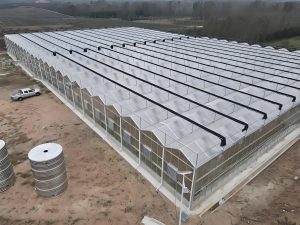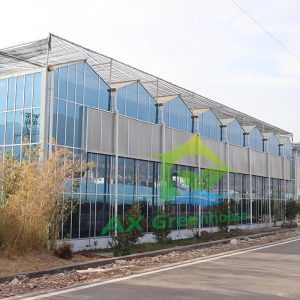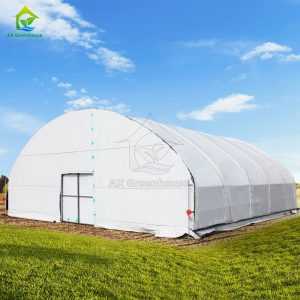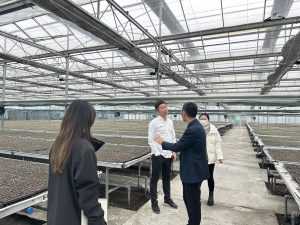The Venlo greenhouse, a hallmark of Dutch agricultural engineering, has become a global benchmark for efficient and sustainable crop production. Combining cutting-edge materials, modular design, and smart systems, these greenhouses are transforming how we grow plants in controlled environments. Here’s a closer look at their defining features and innovations:
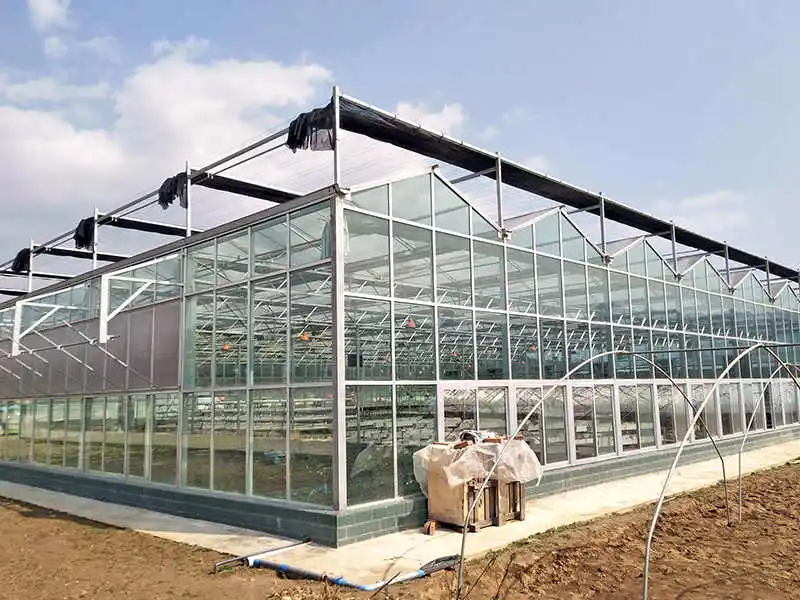
1. Structural Excellence and Modular Design
Venlo greenhouses are renowned for their lightweight yet durable framework, typically constructed from galvanized steel or corrosion-resistant aluminum alloys. The modular design allows spans of up to 12 meters, with components prefabricated for easy on-site assembly, significantly reducing construction time and costs. The signature “small-roof” design—multiple connected roof sections with steep slopes—maximizes light penetration while minimizing structural shadows, achieving up to 91% light transmittance.
2. High-Performance Glazing Materials
The use of tempered glass or polycarbonate (PC) panels ensures exceptional light diffusion and thermal insulation. Glass roofs, a staple of Venlo greenhouses, provide over 90% transparency, optimizing photosynthesis even in low-light conditions. Advanced sealing systems with rubber gaskets and aluminum profiles enhance airtightness, reducing heat loss and improving energy efficiency.
3. Smart Climate Control Systems
Venlo greenhouses integrate automated systems for precise environmental management:
Ventilation: Roof vents and side windows, often automated, enable natural airflow, with ventilation areas covering up to 30% of the greenhouse floor space. In regions with extreme heat, supplementary cooling via shade nets or misting systems ensures optimal temperatures.
Heating and Insulation: In colder climates, heat retention is achieved through double-glazed panels or auxiliary heating systems, such as hot water pipes or biomass heaters.
Irrigation: Precision drip or spray systems deliver water directly to plant roots, minimizing waste and preventing soil erosion.

4. Adaptability to Diverse Climates
Originally designed for Europe’s temperate climate, Venlo greenhouses have been adapted globally. For instance, in tropical regions like Hainan, China, studies show their ability to moderate temperature extremes, though supplemental cooling may be required during heatwaves. Their modularity allows customization for varying spans (6.4–30 meters) and heights, accommodating crops from low-growing vegetables to tall ornamentals.
5. Sustainability and Economic Efficiency
The greenhouse’s lightweight structure reduces steel consumption by up to 30% compared to traditional designs, lowering both costs and environmental impact. Longevity is another key advantage, with galvanized steel frames lasting over 20 years. Additionally, integrated CO₂ enrichment systems and energy screens further enhance resource efficiency, aligning with sustainable farming practices.
6. Applications Beyond Agriculture
Beyond crop production, Venlo greenhouses are increasingly used as botanical exhibition spaces, research facilities, and eco-tourism hubs due to their aesthetic appeal and functional versatility.
Conclusion
The Venlo greenhouse exemplifies the fusion of engineering precision and ecological mindfulness. By leveraging advanced materials, automation, and adaptive design, it addresses the challenges of modern agriculture—from climate volatility to resource scarcity—making it a cornerstone of food security and sustainable development worldwide.

